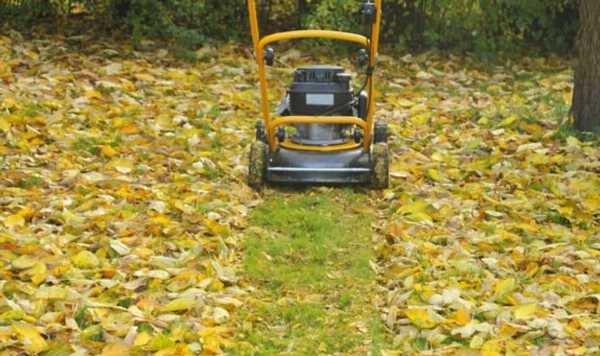Gardening tips: Alan Titchmarsh shares how to seed lawns
We use your sign-up to provide content in ways you’ve consented to and to improve our understanding of you. This may include adverts from us and 3rd parties based on our understanding. You can unsubscribe at any time. More info
Regular mowing will be no more in a few weeks as November is usually the last opportunity for gardeners to cut their lawns this year. A lawn needs firm soil and some growth – both of which can suffer with a British winter. Express.co.uk spoke to Fiona Jenkins, a gardening expert at My Job Quote about lawncare this winter.
Fiona said: “There are some things you can do before winter to prepare your lawn for the harsh conditions.
“Clear any fallen leaves and give your grass one last cut sometime in October or November, before the first frost.
“Use some autumn lawn food to help strengthen the roots of the grass and kill moss – this will ensure your lawn is beautifully luscious and green when spring comes around.
“Spike the grass to aerate the soil and increase drainage.”

In terms of cutting the grass, the expert added: “If you leave your grass too long over winter, the light will be blocked from the base of the blades and this can result in yellowing.
“Clear any fallen leaves from the lawn and then cut it with the blades high, just trimming the top of each blade off.”
As for whether you can mow leaves up, Fiona said: “You can mulch the leaves with a mulching mower and the mulch can be used on your lawn. The mulch can act as a fertiliser for the lawn during the winter months.
“If you would prefer not to mulch your lawn, it’s best to rake the leaves and remove them from your lawn completely.
“Large piles of leaves that are left on the lawn can prevent the sunlight from getting to the grass blades, which will eventually kill off the grass.”
As for what else can happen to grass over winter, Fiona explained: “When the air outside is cold, this will lead to the soil also becoming cold. This can slow down the growth of your lawn.
“In the heart of winter, the harsh weather conditions will cause your lawn to become dormant until the temperature starts to increase.
“Winter die-back may also occur; this is when the grass starts to become yellow and the growth may become sparse which leads to the soil becoming exposed. Newer lawns are more susceptible to this. However, it can also affect mature lawns.

“Over the course of winter, your lawn’s growth will be much slower. This is due to the conditions in which grass needs to grow. Grass tends to remain dormant during the coldest months of winter.”
In terms of what steps gardeners can take to help lawns suffer less this winter, Fiona commented: “During the winter months, your lawn may not require much maintenance. However, frost can be quite harmful. Take care not to walk on your lawn when it’s frozen as this can leave marks behind.
“When clearing snow, avoid piling the snow on your lawn as this can bring diseases to the lawn.”
Once the lawn has been taken care of, Fiona suggested some other gardening jobs that can be tackled during the winter.

“If you have any climbers, trees, or shrubs that require pruning in winter, you’ll need to do this at the start of winter and again at the end of winter, before spring, so that the plant can thrive,” she said.
“Take some time to tidy up the garden; remove any dead leaves and rubbish from the garden regularly.
“During the autumn months, you may find some hardy weeds coming through in the garden, be sure to take care of weeds as soon as possible to prevent the problem from becoming any worse.
“Walls, fences, climbing plants, plants supports, and painted surfaces are all much easier to get to during the winter months when the plants are dormant. Winter is a great time for completing any repairs or maintenance needed in these areas.”
Source: Read Full Article
